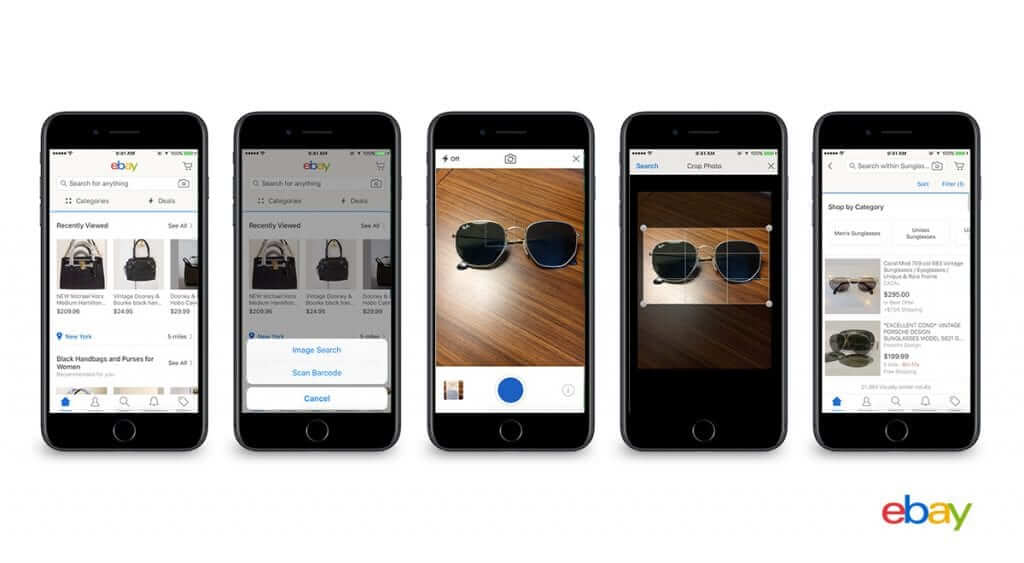How Internet Generates and Fights Against Pollution
What is implied when talking about Internet pollution? Read on to understand more about the invisible pollution of Internet and how to tackle it.
1. The Issue of Internet Pollution
Internet is a big part of the pollution issue today. In fact, when considering the greenhouse gas emissions, Internet produces as much pollution as all air traffic in the world (around 3.7% of global emissions). Here are some ways new technologies contribute to pollution.
How data centres work
Web pages are stored and hosted in data centres. In these huge data centres, water is used to cool down the system and to keep it at a given temperature 24/7. Almost half of the energy is dedicated to this task. However, the carbon footprint of data centres could be reduced by opening centres in naturally cold places. In 2009, Google decided to try this theory in real life and opened a new data centre in Hamina, Finland. This year, the site is about to grow even more thanks to the opening of a sixth data centre. The company also claims it was ready to invest in eco-friendlier projects, for instance, they decided to power the complex with wind farms. It sure is nice to see big corporations trying to tackle climate change. But unfortunately, there are many other issues.
The components and production of end-user equipment

Indeed, not only does your end-user equipment such as computers, tablets, laptops and smartphones pollute when you use them, their production is everything but green. Around 80% of these devices’ carbon footprint is generated when they are manufactured. Often this industry is described as an environmental disaster because your high-tech devices require irreplaceable elements such as gold, cobalt or lithium. Those are found in specific areas, often in the least developed countries and the mines are difficult to access so children are sent in to collect the elements needed.
2. Is Green Digital Marketing Really Green?
What is meant by green marketing?
Green digital marketing appeared in the 2010s, when brands became aware that sustainability mattered to consumers. Nowadays, advertisings focus a lot on this aspect. Digital marketing campaigns communicate green messages to raise awareness. It can be useful to highlight the green aspects of a company, and show to customers that it cares. Some actions with a strong impact involve partnerships with sustainable businesses (cross-promotion), focusing on a green production of products (conditions of production and fair income for the workers for example), or supporting community initiatives like Patagonia, that regularly makes donations to support sustainable agriculture practices, protect endangered species, and restore forests.
The trap of greenwashing
However, several companies use green digital marketing campaigns to greenwash their image, even though they are not doing much to actually improve their behaviour. Indeed, being a green company does not mean using digital marketing to communicate environmentally friendly messages, it also means caring about brand modification and making changes in the manufacturing process if needed. In other words, taking a green approach to business is about considering the global consequences of the industry on the environment. This issue can be simply summarized by this quote by the architect and designer Frank Gehry
Green issues have been used as a marketing tool. Sometimes these green claims are completely meaningless.
Frank Gehry
3. Reducing our Impact on the Planet as Individuals
Despite everything, it seems impossible to live in today’s world without a smartphone or a computer.
Fortunately, there are many things we can do as an individual to reduce our environmental impact that does not imply getting rid of everything that uses Internet. As a matter of fact, keeping your devices for a longer period of time is a sustainable action as it prevents the production of a new one. And if you really need to buy a new phone for instance, think about purchasing second-hand products, as it also prevents the production of a brand-new phone.
Using Internet can be better for the planet

What’s more, Internet also provides many solutions to reduce pollution at a certain level. The pandemic has forced us to use online meeting platforms on a daily basis. Meeting online is better than flying from Paris to New York to meet face-to-face. Streaming platforms are a sustainable improvement compared to DVDs, and sending mails is better than sending letters. All these simple examples are also simple solutions to tackle climate change – even though they are not entirely green solutions neither, as they consume a lot of electricity.
What about mails?
To reduce our environmental impact online, we often hear that we should delete our emails. In fact, it is more important to manage them better. Indeed, removing emails from your inbox is a detail compared to the writing and transport phases, that are the ones with the biggest overall carbon footprint. Instead, you can try to apply these tips:
- Send as few emails as possible.
- Limit the number of attachments.
- Write your emails in text format rather than in HTML format.
- Unsubscribe from newsletter you are not reading.
- Print emails only when it is absolutely necessary.
To sum up, this decade we have seen many advertisings invading our screens. Often, they seem to carry a positive message, claiming companies are actively making changes towards a more sustainable approach to business. Nevertheless, the figures of digital pollution are growing each year. But this is not only due to companies. The way we consume online content and use our end-user equipment matter. In order to have a positive impact on climate change using Internet, we need to take green marketing to the next level so that they imply real changes for both the brands and the consumers.
References
- EnerGuide, “Do I emit CO2 when I surf the internet?” (2021), https://www.energuide.be/en/questions-answers/do-i-emit-co2-when-i-surf-the-internet/69/
- Computer Science, “Why data centres are the new frontier in the fight against climate change” (2019), https://www.computerworld.com/article/3431148/why-data-centres-are-the-new-frontier-in-the-fight-against-climate-change.html
- OpenMind BBVA, “The Hidden Environmental Toll of Smartphones” (2020), https://www.bbvaopenmind.com/en/science/environment/the-hidden-environmental-toll-of-smartphones/
- Learning Hub, “What Is Green Marketing? 5 Sustainable Examples to Know” (2019), https://learn.g2.com/green-marketing
- Youmatter , “5 Tips To Reduce Your Environmental Impact On The Internet” (2020), https://youmatter.world/en/reduce-environmental-impact-internet/





Recent Comments